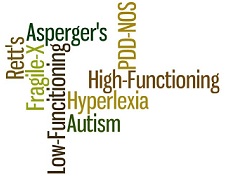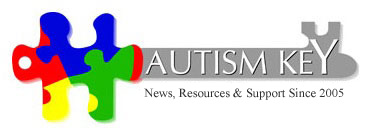Asperger Syndrome Classification and Autism Rates

Lately, there’s been much conflicting news about autism rates. A recent study from Britain contends that there is no epidemic, there’s just a great many undiagnosed adults walking around. Yet after conducting a study in South Korea, The American Journal of Psychiatry subsequently found 1 out of 38 kids to have autism,
much higher than the recent estimate of 1 in 110 children by the Centers of Disease Control and Prevention (CDC).
Whether Asperger’s Syndrome is a distinct disorder or a kind of autism is a question currently under debate by psychiatrists. While children with Asperger’s Syndrome do not experience significant delays in language and cognitive ability, many researchers believe that the new Diagnostic and Statistical
Manual (DSM), which is due to be released in 2013, should have had Asperger’s as a form of
autism in previous editions. While most people already conceptualize Asperger’s as an “autism spectrum disorder,” some factions are opposed to change.
So what difference would it make?
When Asperger’s is folded into autism statistics, the crisis will be seen as that much more
urgent and require more action and more dollars. Including Asperger’s will lead to better identification of children who need developmental services and will force insurers and state governments to pay for its treatment. One can usually follow the money to discover the motives for
having been against such a sensible
change.
While Asperger’s Syndrome is often characterized as a “mild” form of autism, that seems too dismissive of its impact. Students with Asperger’s are mainstreamed in schools that more-often-than-not are unprepared to meet their needs. Thrown together with the neurotypical population, they still exist apart, experiencing social isolation along with teachers prone to punishing their symptoms.
In the UK study, the adult males who were discovered to unknowingly have Asperger’s were found living predominantly in public housing.
Undiagnosed girls with Asperger’s often suffer from clinical depression and other serious maladies such as eating disorders.
Herein lies the danger of Asperger’s – untreated individuals are often unable to fulfill their personal potential and live happy, productive lives, despite their high intelligence and keen special interests.
As a result, they are susceptible to experiencing a special kind of emotional torment and we need to do everything in our power to help
them.
UPDATE: May 12, 2011 — Previously in this article, I had stated that Asperger’s was not included in the CDC numbers, and I stand corrected.
While the source for my article was a national
newspaper, it taught me to check my facts through multiple sources.
In point of fact, Asperger’s Syndrome was included as an autism spectrum disorder in February of
2010 in the draft of the new Diagnostic and Statistical Manual (DSM) due to be released in two years.
The CDC figures are gathered by known cases of autism. Apparently, the fact that the South Korean data included undiagnosed children with Asperger’s Syndrome accounts for the huge differential in the statistics.
Scientists in the United States have nothing but praise for the South Korean study and consider it applicable to our nation and the urgency and tragedy of children with Asperger’s not receiving the help they need remains unchanged.

